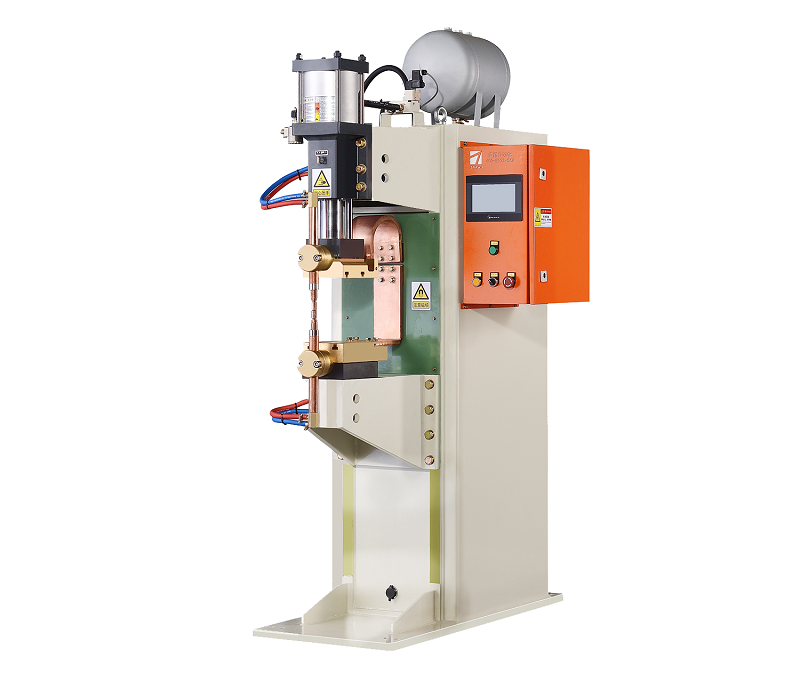Resolving Incomplete Welding in Multi-Spot Medium Frequency Welding Machines?
The occurrence of incomplete or “virtual” welds in multi-spot medium frequency welding machines can undermine the structural integrity and reliability of the welded joints. This article delves into the causes of virtual welds in multi-spot welding and presents effective solutions to rectify this issue and ensure robust weld quality.

Causes of Virtual Welds:
- Insufficient Pressure Distribution: In multi-spot welding, achieving uniform pressure distribution across all welding points is crucial. Inadequate pressure can lead to incomplete fusion and the formation of virtual welds.
- Inconsistent Electrode Contact: Uneven electrode contact with the workpieces can result in areas with less current flow, leading to incomplete fusion and weak weld joints.
- Improper Material Preparation: Poorly cleaned or contaminated workpieces can hinder proper material fusion, causing virtual welds in areas where contaminants prevent optimal heat transfer.
- Incorrect Parameter Settings: Incorrectly configured welding parameters such as current, time, and pressure can contribute to virtual welds by not providing enough energy for complete fusion.
Solutions to Address Virtual Welds:
- Optimize Pressure Distribution: Ensure that the pressure distribution across all welding points is even and consistent. Calibrate the pressurization system to provide uniform pressure to each spot.
- Monitor Electrode Contact: Regularly inspect and adjust electrode contact to ensure that all electrodes are making proper and uniform contact with the workpieces.
- Enhance Material Preparation: Thoroughly clean and prepare the workpiece surfaces to remove contaminants and ensure proper material fusion during welding.
- Verify Parameter Settings: Review and adjust welding parameters to match the specific requirements of the material and joint design. Ensure that the current, time, and pressure settings are appropriate for the weld.
The occurrence of virtual welds in multi-spot medium frequency welding machines can compromise the strength and reliability of welded joints. By addressing the causes of virtual welds and implementing effective solutions, manufacturers and welding professionals can enhance weld quality and ensure the integrity of multi-spot welds. Proper pressure distribution, consistent electrode contact, meticulous material preparation, and accurate parameter settings are vital to overcoming this challenge and producing robust and dependable welds. With a focus on meticulous process control and attention to detail, virtual welds can be effectively eliminated, ensuring the long-term performance and durability of welded components.